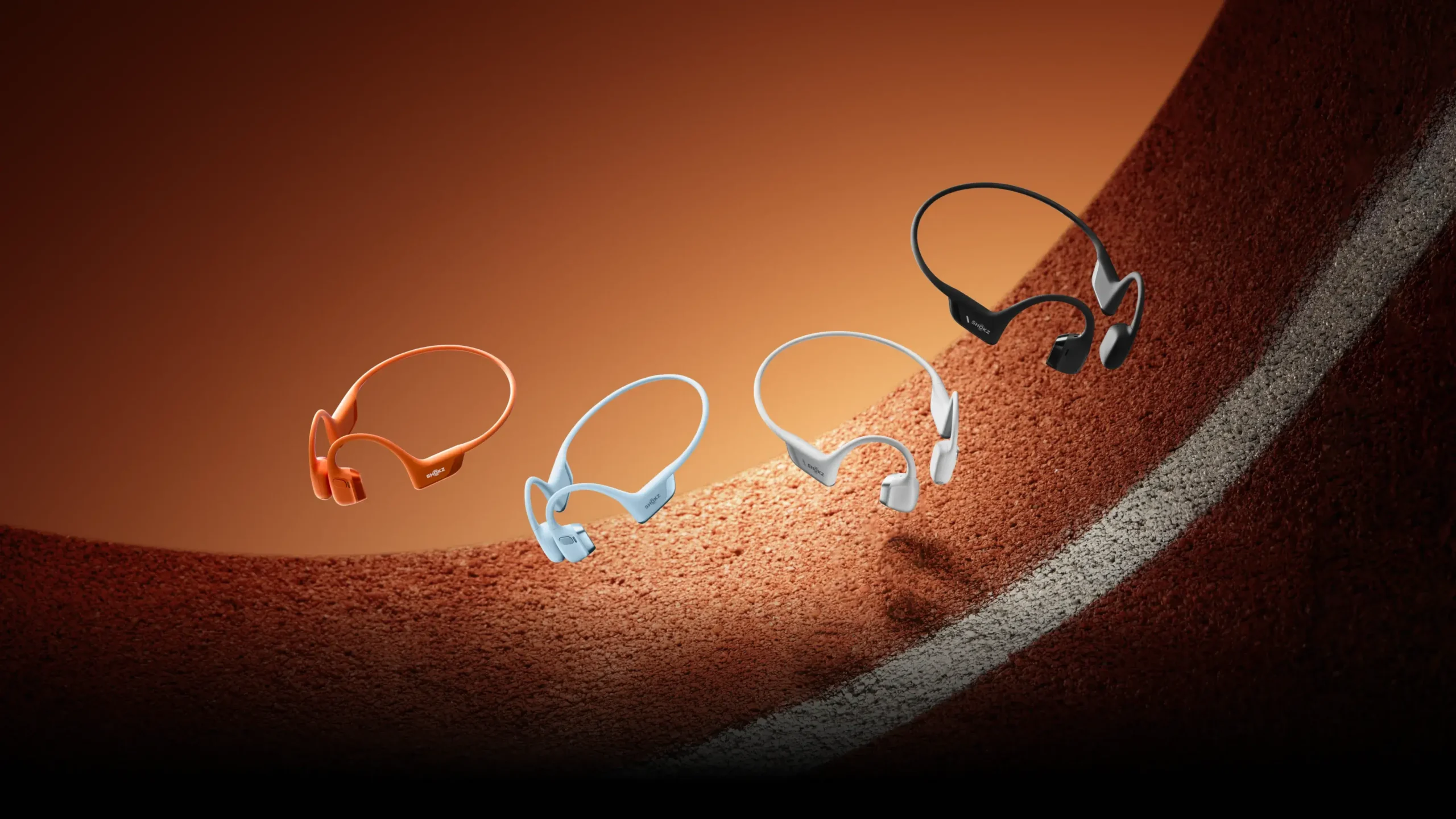In 2026, the Academy Museum of Motion Pictures will unveil what promises to be one of the most poignant and culturally significant exhibitions of the decade: a grand, multidisciplinary homage to Marilyn Monroe timed to commemorate the centenary of her birth. Titled “Marilyn at 100: Image, Icon, Immortal,” the exhibition will traverse Monroe’s cinematic legacy, fashion evolution, personal writings, and cultural mythology, presenting a multifaceted portrait of an actress who became an idea—timeless, elusive, and infinitely refracted through the lens of desire, fame, and America’s dream machine.
Slated to debut on June 1, 2026, the very date of Monroe’s birth a century earlier, the show will span multiple galleries within the Academy Museum’s Wilshire Boulevard campus, offering rare archival footage, original costumes, annotated scripts, never-before-seen home videos, and photography from figures like Richard Avedon, Milton Greene, and Eve Arnold. This centennial celebration, however, is not a retrospective in the traditional sense—it is a cultural exegesis, an examination of how Monroe’s image evolved and exploded across generations of media and mythology.
Marilyn in Motion—Film as Canvas and Catalyst
The first gallery, titled “The Cinematic Self,” functions as both shrine and storyboard. It opens with Monroe’s earliest screen tests at 20th Century Fox, then flows into her breakout roles in “Gentlemen Prefer Blondes” (1953) and “The Seven Year Itch” (1955), highlighting her evolving control over the camera’s gaze. Touchscreen panels allow visitors to juxtapose Monroe’s studio performances with candid behind-the-scenes footage, underscoring her calculated yet intuitive command of performance as an art form. Commentary from directors Billy Wilder, George Cukor, and John Huston frame Monroe not merely as a subject but as a cinematic co-author.
Several restored reels—projected in full-screen digital clarity—underscore her range, particularly in late-career roles like “Bus Stop” (1956) and “The Misfits” (1961). These performances, raw and psychologically exposed, reveal Monroe shedding her comic sexpot persona in favor of more complicated, human characters. Visitors are invited to consider how Monroe fought to transcend typecasting, even as the archetype she embodied continued to metastasize through pop culture.
The Anatomy of an Icon—Costume, Commerce, and Corporeality
The second gallery, “Body of Work,” investigates how Monroe’s body was used, dressed, sold, and symbolized. Here, the visitor encounters the actual white halter dress from “The Seven Year Itch”—infamous for its billowing flight over a subway grate—encased like a religious relic. Adjacent are designs by William Travilla, Jean Louis, and Oleg Cassini, whose costumes helped scaffold Monroe’s on-screen personas. Interactive kiosks let viewers rotate 3D scans of Monroe’s costumes while exploring notes from costume fittings, detailing her own involvement in how she was presented.
Curatorial plaques and audiovisual essays probe how her sexuality became productized: Life magazine covers, cigarette ads, and perfume commercials spliced with her likeness. What emerges is a haunting parallel between Monroe’s body as commodity and her psyche as casualty—foreshadowing how later icons like Britney Spears and Amy Winehouse would similarly navigate the tightrope between autonomy and objectification.
Voice and Vulnerability—Marilyn the Writer
Perhaps the most revelatory space is “Marilyn Unscripted,” where her journals, letters, poetry, and marginalia are displayed. Original manuscripts of her personal writings—some of which were published posthumously in “Fragments”—are shown alongside audio recordings of Monroe reading them aloud. This gallery dissolves the distinction between surface and substance. Her handwriting, sometimes steady, other times frantic, is deeply intimate: letters to Arthur Miller expressing her desire for intellectual partnership, diary entries about being “afraid of being afraid,” poetic scribbles asking, “Am I a fake or am I for real?”
This portion of the exhibition is a deliberate effort to upend Monroe’s most persistent caricature—that of the ditzy blonde devoid of depth. In placing her interiority at the center of the exhibit, the curators ask viewers to encounter the voice beneath the veneer, the author behind the actress, the woman who longed to be taken seriously in a world bent on her simplification.
Reflections of Marilyn—Photography and Myth-Making
The gallery titled “Refractions” is an archival labyrinth of Monroe in still life. Here, an extensive wall of portraits by Richard Avedon, Bert Stern, and George Barris confronts the viewer with the sheer multiplicity of Marilyns. From the soft glamour of Greene’s 1950s work to Stern’s haunting final “Last Sitting” photos taken just weeks before her death, these images reveal Monroe as participant and provocateur. She was both muse and manipulator of the lens, performing a kind of meta-femininity that toyed with the expectations of the viewer.
Accompanying these visuals is a looping installation of Andy Warhol’s “Gold Marilyn Monroe” and “Marilyn Diptych” juxtaposed with Barbara Kruger’s “Your Body is a Battleground.” This curated pairing critiques the commercialization of Monroe’s face while honoring the way feminist and conceptual artists later reclaimed her image as a site of resistance.
Legacy and Afterlives
The concluding gallery, “Marilyn Forever,” focuses on Monroe’s posthumous trajectory. From Elton John’s “Candle in the Wind” to Kim Kardashian’s controversial appearance in Monroe’s original 1962 Jean Louis dress at the 2022 Met Gala, the exhibition demonstrates how Monroe’s likeness is continually reborn and re-contested. Clips from Blonde (2022), My Week with Marilyn (2011), and experimental art films reinterpret her story, each refracting a different facet of her enigma.
An AI-powered holographic installation—developed with the ethical participation of her estate—closes the experience. Here, Monroe “speaks” to the audience, sharing composite words drawn from her writings and interviews. It is neither imitation nor resurrection, but a poetic assemblage—a final invitation to engage with Monroe not as an echo of the past, but as a mirror held up to our cultural present.
Parallel Programming: LAIKA and Ponyo Retrospectives
While the Monroe exhibition serves as the museum’s centerpiece, the Academy Museum is also preparing two additional showcases that honor influential cinematic forms through animation. The first is “Animating Reality: The Stop-Motion Worlds of LAIKA,” a deep dive into the Oregon-based studio behind Coraline, ParaNorman, and Kubo and the Two Strings. This retrospective will feature physical puppets, set models, and animation rigs alongside storyboards and concept art, offering a tactile and immersive look at the painstaking artistry behind LAIKA’s storytelling.
Visitors can walk through a 1:1 replica of Coraline’s pink palace apartment, touch a mechanical armature used in Missing Link, and observe time-lapse footage of animators manipulating puppets frame by frame. In an era increasingly dominated by CGI, the LAIKA exhibit is a testament to the magic of handcrafted cinema.
Complementing this is a tribute to Studio Ghibli’s 2008 masterpiece Ponyo, titled “Ponyo at the Shore: Miyazaki’s Oceanic Dream.” This installation showcases the film’s watercolor backgrounds, early character designs by Hayao Miyazaki, and correspondence between Studio Ghibli and composer Joe Hisaishi. Drawing attention to the ecological themes of Ponyo, the exhibit invites viewers to consider how Miyazaki’s fantastical worlds are deeply embedded in real-world concerns of climate, childhood, and human connection to nature.
A Museum That Knows Film Is Memory
The convergence of these three exhibitions—Marilyn Monroe’s centennial, LAIKA’s tactile futures, and Ponyo’s sea-soaked dreamscapes—signals a maturing moment for the Academy Museum. No longer merely a repository for Oscars nostalgia, the institution is asserting itself as a space where cinema is explored in its full emotional, philosophical, and political dimensions.
Marilyn Monroe may have died over six decades ago, but this centennial exhibition confirms that her relevance is not a matter of frozen glamour or antique fame. Instead, it is rooted in how profoundly she complicates the myths we inherit, the desires we project, and the stories we tell about womanhood, celebrity, and the self.
To honor Monroe is not to memorialize her as a tragedy, nor to reduce her to a symbol. It is to wrestle with her—in all her contradictions—as the most potent mirror ever offered by the dream machine called Hollywood.
No comments yet.








